Experience the NIS Difference
Our Capabilities Get It Done, Our Experience Gets It Done Right
National Industrial Supply – Your 24/7 Material Handling Experts Since 1981
For over four decades, National Industrial Supply (NIS) has been the trusted partner for material handling, specialty fabrication, crane building, rigging services, inspections, and more. We are committed to delivering top-quality solutions with unmatched reliability, ensuring customer satisfaction around the clock.
We’ve formed strong partnerships with leaders across a wide range of industries, including Automotive, Utility & Energy, Transportation, Railroad, Construction, Waste Management, Aerospace, Conveyor Systems and more. Our dedication to producing high-quality, custom-engineered solutions drives efficiency and innovation for our clients. From conception to completion, National industrial supply ensures value-added quality at every step.
Our Services
Specialty Fabrication
Custom solutions are what we do best. From cranes and ergonomic lift assists to workstations and material handling systems, our skilled team designs and fabricates products tailored to your exact needs, delivering industry-leading quality and services.
Crane Building & Rigging Services
Our experts design, build, and install cranes that meet your operational demands while ensuring the highest safety standards. Our rigging services guarantee that your lifting operations are performed with precision and safety.
Comprehensive Material Handling Solutions
From racks to conveyor systems and their accessories, we provide the essential equipment to streamline your operations, maximizing both safety and efficiency.
Testing & Certification
Every purchase from National industrial supply includes comprehensive inspection and testing certifications. We rigorously test all equipment to meet OSHA and ASME standards, ensuring your operations stay safe and compliant. In addition to this, we offer scheduled on-site inspections to help you stay audit-ready. If on-site inspections aren’t ideal, our in-house testing services are available. We can either arrange to pick up your equipment or you can drop it off, and we’ll notify you when everything is ready.
24/7 Emergency Support
Equipment breakdowns can happen at any time, and we’re here when they do. Our emergency hotline is available 24/7, ensuring that you have immediate access to the support and solutions you need to minimize downtime.
Contact Us Today
National Industrial Supply – Where Quality, Reliability, and Affordability Meet.
Don’t let crane downtime slow your business.
Call 1-248-560-6607 for prompt assistance and customized solutions.
National industrial supply’s industrial lifting solutions are crafted with robust materials and precision engineering to handle rigorous tasks with ease. From manufacturing facilities to construction sites, our equipment is built to enhance productivity while prioritizing safety standards.
Whether you’re lifting heavy machinery, materials, or performing intricate maneuvers, our comprehensive range of lifting solutions provides the reliability and performance you need to streamline operations and ensure workplace safety.
Your Partner in Lifting
Ensuring Safety, Efficiency, and Compliance
Our innovative solutions and online compliance tracking keep your business efficient, compliant, and most importantly, safe.
At National Industrial Supply Co. (NIS), we offer a comprehensive range of services to meet all your lifting and rigging needs. Our expertise spans three core areas:
Providing Load Test & Inspection Certifications Since 1981 to These Governing Bodies
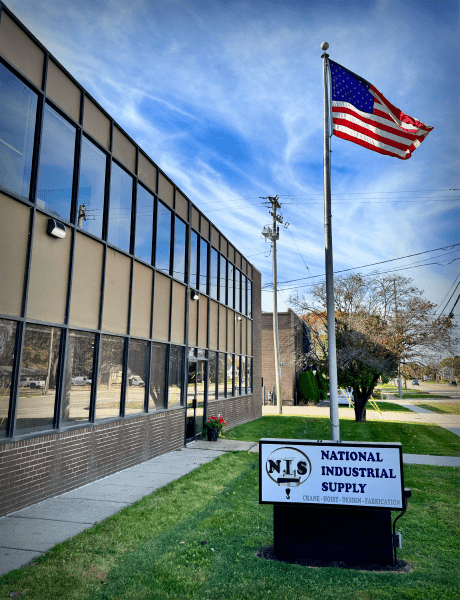
44 years of industry excellence
The advantages of our company are in the quality of our products
National Industrial Supply Co. (NIS) is the national leader in providing quality on-site load testing inspection of lifting slings and associated hardware to ensure our customers maintain safety compliance. NIS is dedicated to providing innovative rigging equipment and services to allow our customers to track and manage all their compliance records online. NIS bases all of its inspection procedures on recognized standards from OSHA, MIOSHA, ASME/ANSI and ASTM.
- Our team brings years of experience and in-depth knowledge to every project.
- All our services adhere to OSHA, MIOSHA, ASME/ANSI, and ASTM standards.
- Your safety and satisfaction are our top priorities.
Our Trusted Brands
National industrial supply proudly features these brands renowned for their exceptional quality and dependability in the industry.

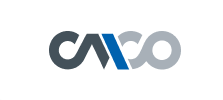
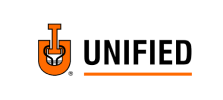
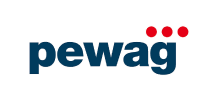












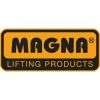






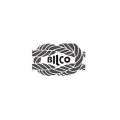

Contact Us
We are always ready
to help you and answer
your questions
Get in Touch
Contact Us